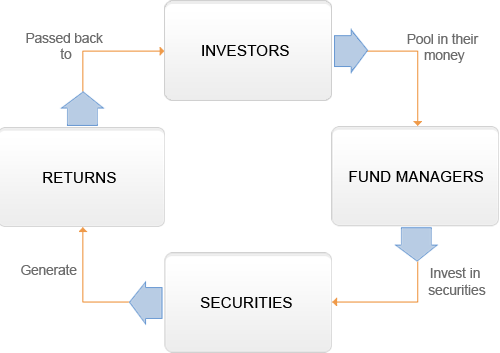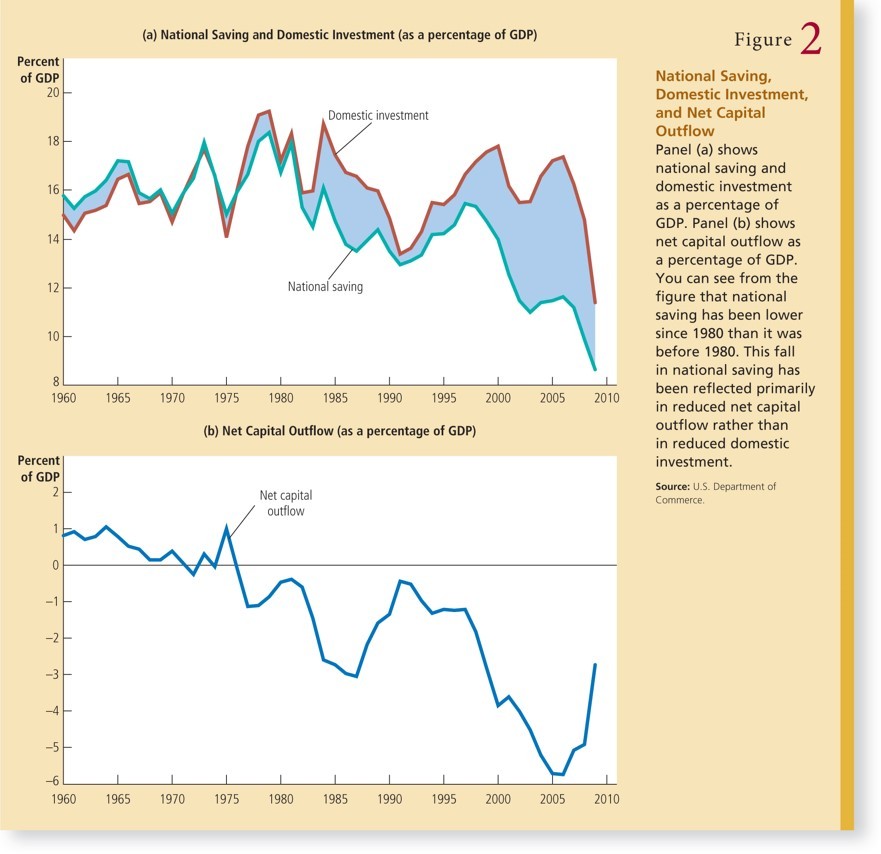How Domestic Bond Fund Investing Works Price
Post on: 22 Май, 2015 No Comment

What Are Bond Funds?
A bond is a debt security, similar to an IOU. A company or government agency may sell (or issue) bonds to raise money for a particular project and promise to pay the buyer the face value of the bond when it becomes due (its maturity date), while paying interest in the meantime. A bond can be bought and sold before it matures, which means the face value of the bond can change during its lifetime.
A bond mutual fund is composed of many bonds, with a professional fund manager who buys and sells securities in keeping with the fund’s specific investment objective. T. Rowe Price offers a range of 100% “no-load” bond funds, meaning the investor does not pay sales charges or commissions.
Bonds’ Risks and Potential Return
As with any investment vehicle, the higher the potential for return, the higher the risk.
Bond yields reflect the issuer’s credit quality as well as the fund’s maturity. Lower-quality investments generally offer higher yields than higher-quality issues but may be more volatile. The higher yield compensates the investor for lending money to a company or municipality that is considered more likely to default – that is, not make timely interest or principal payments. This is called credit risk .
The possibility that interest rates will rise after you purchase a fixed-income security is called interest rate risk. which is another risk factor and is explained in detail below.
When interest rates rise, the value of existing bonds and bond fund shares generally will decline. Conversely, when interest rates fall, the value of bond and bond fund shares generally will rise. Since it is difficult to predict whether interest rates will go up or down, T. Rowe Price believes you should create a broadly diversified bond portfolio that is appropriate for your investment goals.
We do not recommend changing your bond portfolio mix in anticipation of rising or falling rates. However, investing in several bond funds with different investment strategies can help cushion the effects of interest rate risk and credit risk on your overall portfolio. For example, investing in both shorter and longer maturities can help your strategy stay on track during both high and low interest rate climates.
How Bond Funds Earn Income
To understand how bond funds earn money amid changing market conditions, we’ve illustrated some key principles below.
A bond’s coupon rate is the bond’s fixed rate of interest expressed as a percentage of its face value (also known as par value ) which is normally $1,000. Longer-term and lower-quality bonds generally have higher coupon rates than shorter-term and higher-quality issues. Among taxable investments, U.S. Treasury securities carry the lowest coupon rates because the federal government is the nation’s most creditworthy borrower. Since most bonds pay interest semiannually, a bond with a face value of $1,000 and an 8% coupon rate pays $40 twice a year, for a total of $80 per year.
While the coupon rate of a bond is fixed, its current yield can fluctuate with rising and falling interest rates that are dictated by market conditions. This is how interest rate risk can affect a bond’s total return.

You can figure out the current yield by dividing the interest paid each year by the current price of the bond.
A bond paying $80 interest per year yields 8% at par value. But if interest rates rise in the market, causing the bond’s price to fall to $900, the current yield rises to 8.9% ($80/$900 = 8.9%). If the value of the bond rises to a premium over par, say to $1,100, the current yield drops to 7.3% ($80/$1,100 = 7.3%).
If you hold a bond until it matures, the bond’s compound annual rate of return is made up of two components: interest income and capital gain or loss. An 8% bond bought at a price of $900 and held until it matures in 10 years generates income of $800 and a capital gain of $100. Your average annual return, assuming all interest payments are reinvested at the same rate, is called the yield to maturity .
Credit Ratings
Rating services (such as Moody’s or Standard & Poor’s) evaluate how likely a bond issuer is to repay the debt and interest on time. A bond rated AAA/Aaa is the most creditworthy, while a bond rated BB/Ba or below is much riskier.
An established, reputable company might have bonds carrying an investment-grade rating such as AA (with a low yield but a lower risk of default), while bonds issued by a company with a high debt level or other financial vulnerability might have a low rating. These lower-grade, high-yield bonds have a higher return potential but also a higher risk of default.














